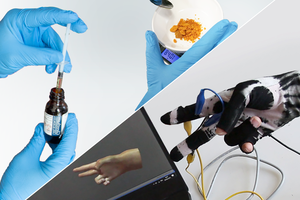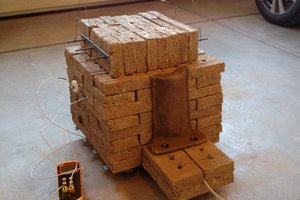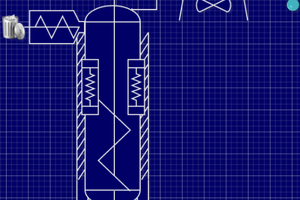The purpose of this project was to test the claim of the superconductivity of LK-99 at room temperature. The paper (linked below) that claimed this was published at the end of July and has since caused a lot of stir in the scientific community. Since our lab had a vacuum furnace, we decided to attempt to recreate creating LK-99 and testing the claim that it has superconductive qualities ("proved with the Critical temperature (Tc), Zero-resistivity, Critical current (Ic), Critical magnetic field (Hc), and the Meissner effect" Lee, S. et al. 2023) at room temperature and ambient pressure.
| https://doi.org/10.48550/arXiv.2307.12008 |
 Michael Perrone
Michael Perrone
 Drix
Drix
 Matt Moses
Matt Moses

 Leonardo Zuniga
Leonardo Zuniga